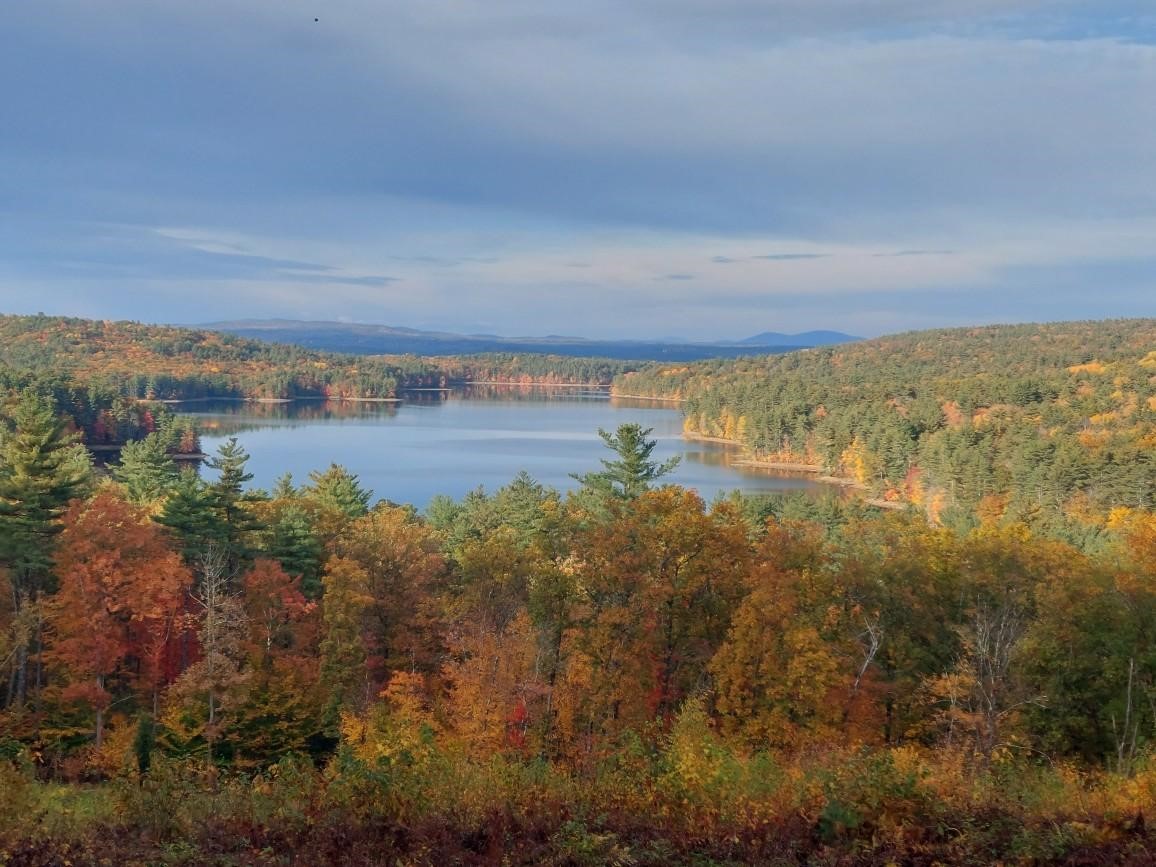Endings and Beginnings – Your Water Budget for 2023

Fall in New Hampshire is a bittersweet and busy time. As the beauty of changing foliage lifts our spirits and gladdens our hearts, pending November rains and winters’ dark days create a sense of urgency to prepare for the future. As wild animals store nuts and seeds or get ready to hibernate, many of us are thinking about our town’s needs for next year and beyond.
Public water infrastructure has received a generational flood of federal and State funds to replace failing pipes and treat existing and emerging contaminants to even safer levels, all while dealing with workforce and supply chain shortages and costs and the growing impacts of droughts and floods. As a “can’t-fail” public service, water services planning must be a top priority.
The NH Department of Environmental Services (NHDES) is the lead agency for public drinking water regulation, technical support, and funding. With a five- to seven-fold increase in federal dollars, our NHDES colleagues are expanding established and successful programs like the State Revolving Loan Fund (SRF) and standing up new programs to address lead service line inventory and replacement, PFAS monitoring and treatment, cyber security, and asset management. Learn more about NHDES loan and grant programs here.
There is a very short time to apply for and use recent federal funding, and lead times for drinking water project design, permitting and construction are substantial.
It is critical for all towns to review the condition and needs of their water systems, and to make water infrastructure project planning and funding a top priority for 2023. Larger programs like the SRF include a town contribution, which requires budgeting and often resident approval at town meetings. Be sure to talk with your water department director to prepare your public water supply for this winter and beyond!
Win with Water! is an informational series to raise awareness and provide actionable steps to public water system managers, administrators, and policy makers.
